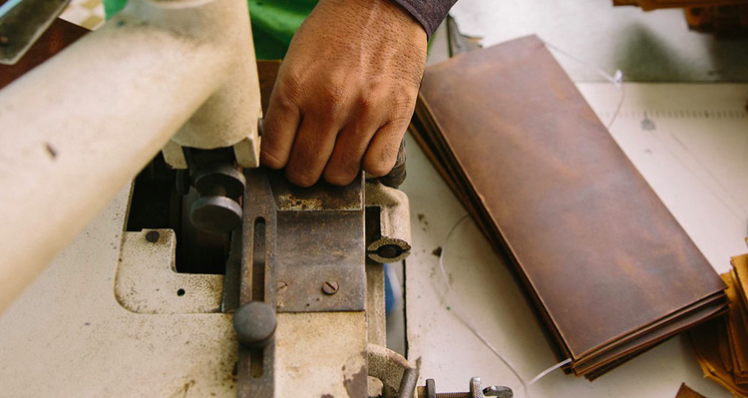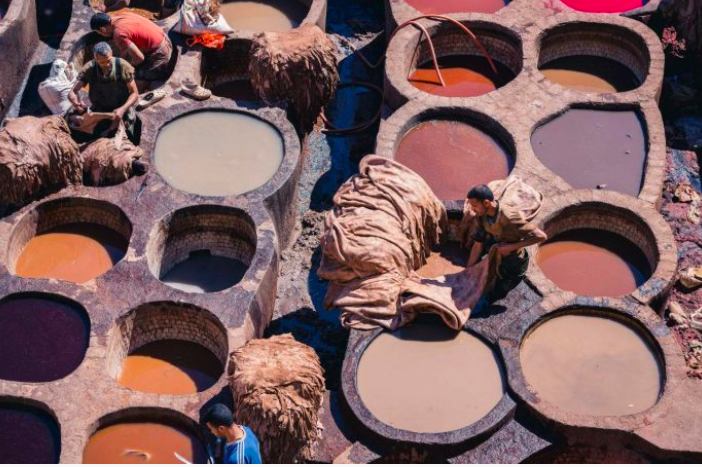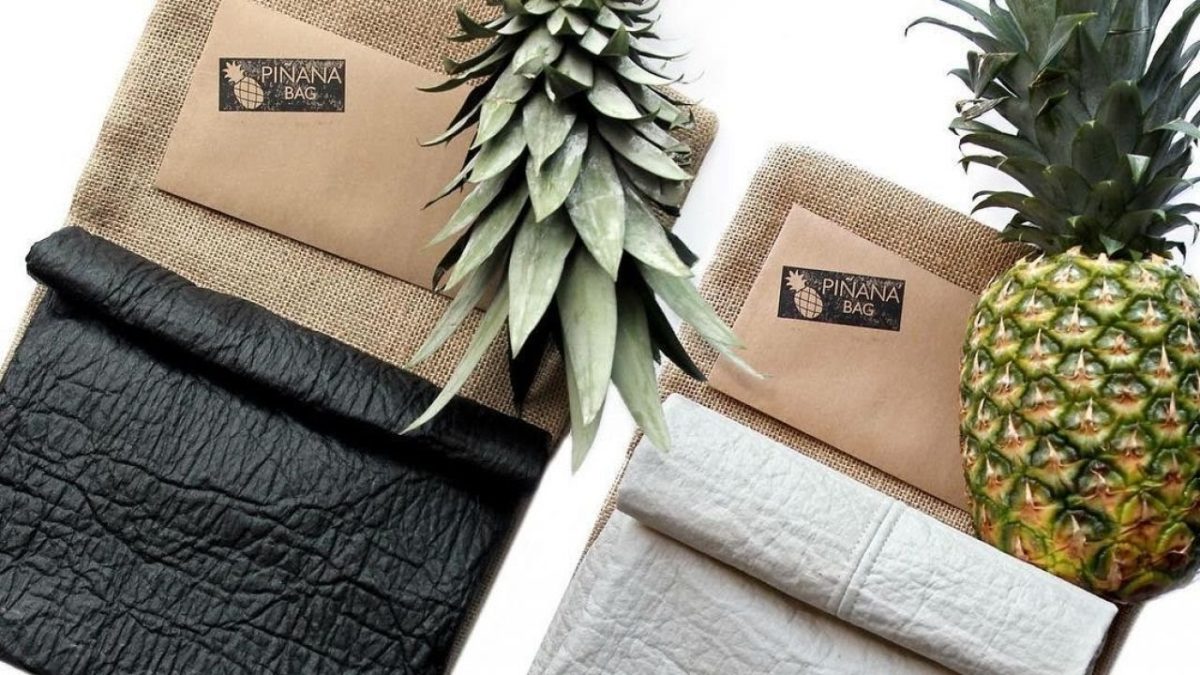Faux leather used to be seen as the very opposite to luxury – it was a cheap alternative. But with the rise of the vegan movement in recent years, people and brands have been drifting towards using ‘vegan’ leather for shoes, clothing and homewares.

But when you look at it from an environmentally conscious position – which is really the most-eco-friendly? Of course, every manufactured product will have an environmental cost, and there are many different ways, at every stage of production, that both faux and real leather production can cause serious harm to the environment and people.
Yes, vegan leather wins hands down when it comes to animal welfare. But for those such as myself, who are trying to make the most sustainable choice; it’s hard to see a clear winner.
There is huge amount of contradictory opinions as to whether vegan leather is or isn’t more eco-friendly than animal leather – so let’s take a look at the story of both materials.
Leather

Leather is a by-product of the meat industry – an industry that is already under fire for its impact on the environment. The livestock industry uses a huge amount of natural resources, including our precious water and in return produces high levels of methane – this is an issue because it absorbs the sun’s heat, warming our atmosphere.
According to the UN, animal agriculture is responsible for an amazing 18% of greenhouse gas emissions (which is more than all emissions released from the transport industry). Furthermore, a huge 33% of arable land is used for producing feed crop and rearing livestock currently accounts for an alarming 30% of land surface.
The process of turning the skin of an animal into a leather product is problematic in and of itself. It requires large amounts of chemicals which are not exactly environmentally friendly, and these chemicals used are also dangerous for the people producing the leather products. The liquid and solid waste from tanneries is often dumped in rivers making it a huge environmental threat. So, we are faced with not only environmental issues, but human rights and workers well-being issues too.
80% of leather on the market is made from chrome tanning technique, which is low coast and efficient, but the heavy-metal minerals are harmful to the workers and the environment. Not only this, chrome is also hazardous in its decomposing phase, leading us to yet another environmental threat. According to Scientific American, the tanning process is one of the top 10 pollution problems in the world – directly affecting 1.8 million people.
There are more environmentally friendly and healthy production methods available to those who can afford to take the time and money to change their ways – vegetable dyes and recycled leather are two great alternatives that can be used. Vegetable tanning accounts for the other 20% of leather tanning methods – and is considered to be a less harmful technique.
Instead of using chemicals, the tannins come from the bark of chestnut, oak and mimosa trees, making vegetable-treated leather biodegradable when that time comes around.
As with everything, there are negatives to this process too. Trees must be cut down in order to harvest tanning materials and vegetable tanning requires significantly more water than chrome tanning.
But a lot can be said for the fact that if we are going to continue to consume meat at the rate we currently are, which for the sake of the planet I hope we don’t – we should make use of the all the animal and not waste its hide. Real leather is also a lot more durable, making it more likely that you won’t need to buy a new leather jacket for example, every year – cutting down on over consumption. ‘
A problem arises however, when products use exotic leather from lizards, crocodiles, snakes, sharks and ostrich’s – they are generally farmed and hunted especially for their skin.
Vegan leather

Vegan (synthetic) leather is essentially plastic; a microfiber made from petroleum, which is a non-
renewable resource. Most vegan leather is made from Polyurethane (PU), a plastic-based synthetic manufactured from fossil fuels which we all know is not biodegradable, instead it breaks down into smaller and smaller plastic pieces. PU also releases hazardous toxins in its manufacturing process harming both the environment and people working in the factory.
But sustainable vegan leather options do exist and are made from an interesting list of materials such as cork, pineapple leaves, soy, kelp, kombucha and mushroom mycelium.
What is really great is that many of these alternative options use the by-products from other plant industries that would otherwise go to waste. They also decompose safely and quickly due to being made of organic materials. The down-side is that these types of vegan leathers are less durable and is not waterproof – but then again, neither is real-leather!
So, what should we choose?
Ultimately, there are pros and cons for each option, and I believe it comes down to the brands you buy your leather from. For me, I will only purchase real leather if it is second-hand and I am very conscious about the brands that I buy vegan leather from.
Research is key when it comes to making this decision but luckily there are sites such as Human Kind Fair Trade, which provides shoppers with the most ethical and eco-friendly options for both fake and real leather.
BRANDS TO CHECK OUT
Hand to market goods with transparent pricing and ethical practises. They repurpose the leather that giant fashion companies have over-ordered and prevent it from entering landfills.
This is a fair-trade collection that blends the traditional artforms of India with timeless and modern design aesthetic. The leather used in their designs is made from the hides of animals who have died a natural death. Cows are considered sacred in the Hindu region, so killing them for their hides wouldn’t be done.
This is an LA based brand who creates responsibly-made small handbags. This company uses a variety of eco-conscious materials such as up-cycled, recycled and deadstock fabrics. They also use Pinatex for their bags, an eco-leather alternative made from pineapple leaves that would otherwise be discarded.
Subscribe to FIB’s newsletter for your weekly dose of music, fashion and pop culture news!







